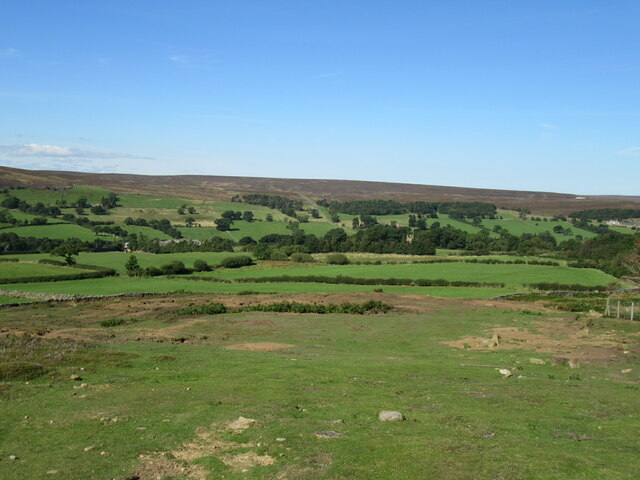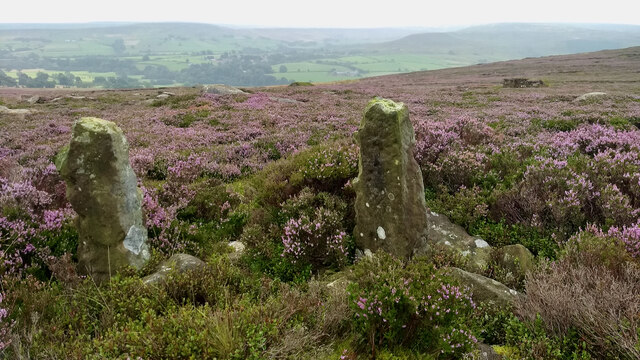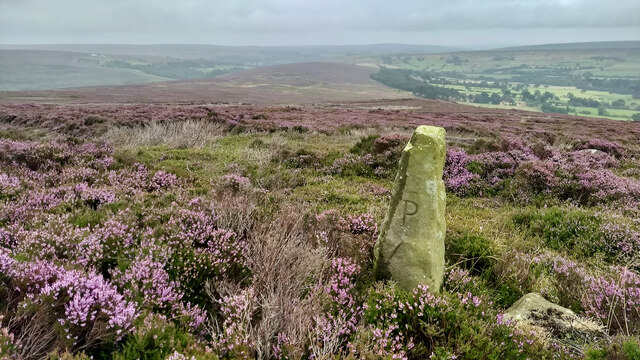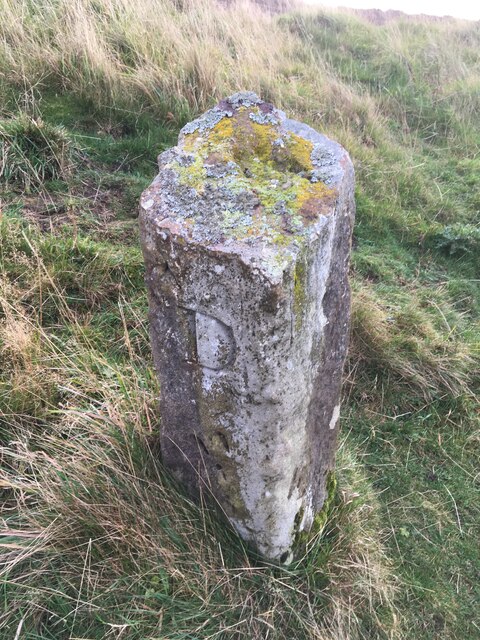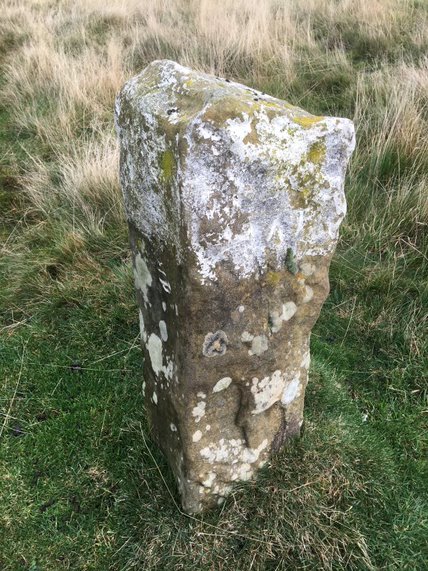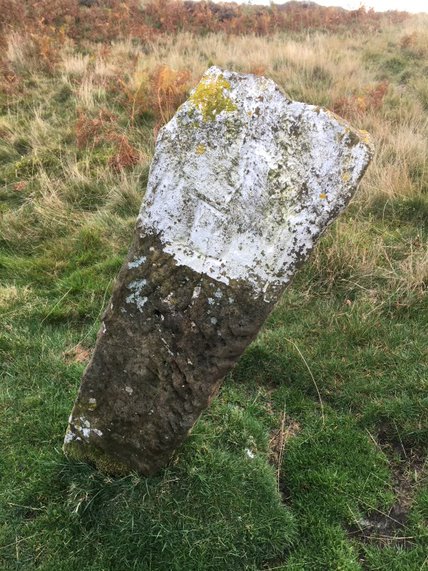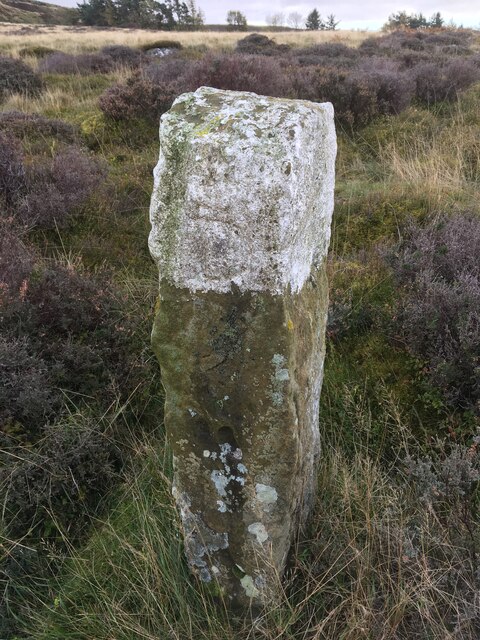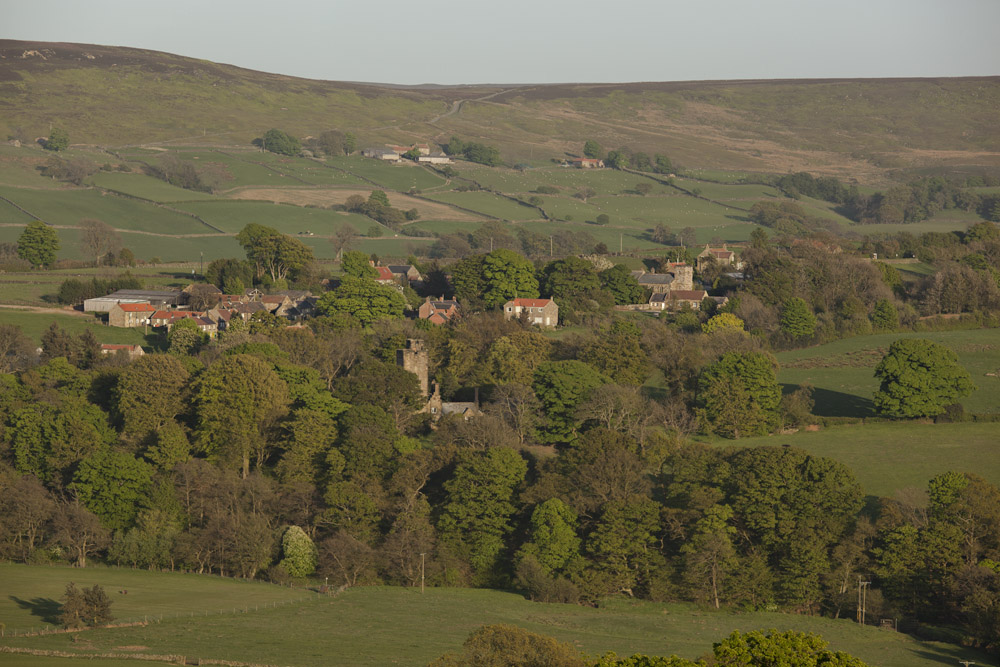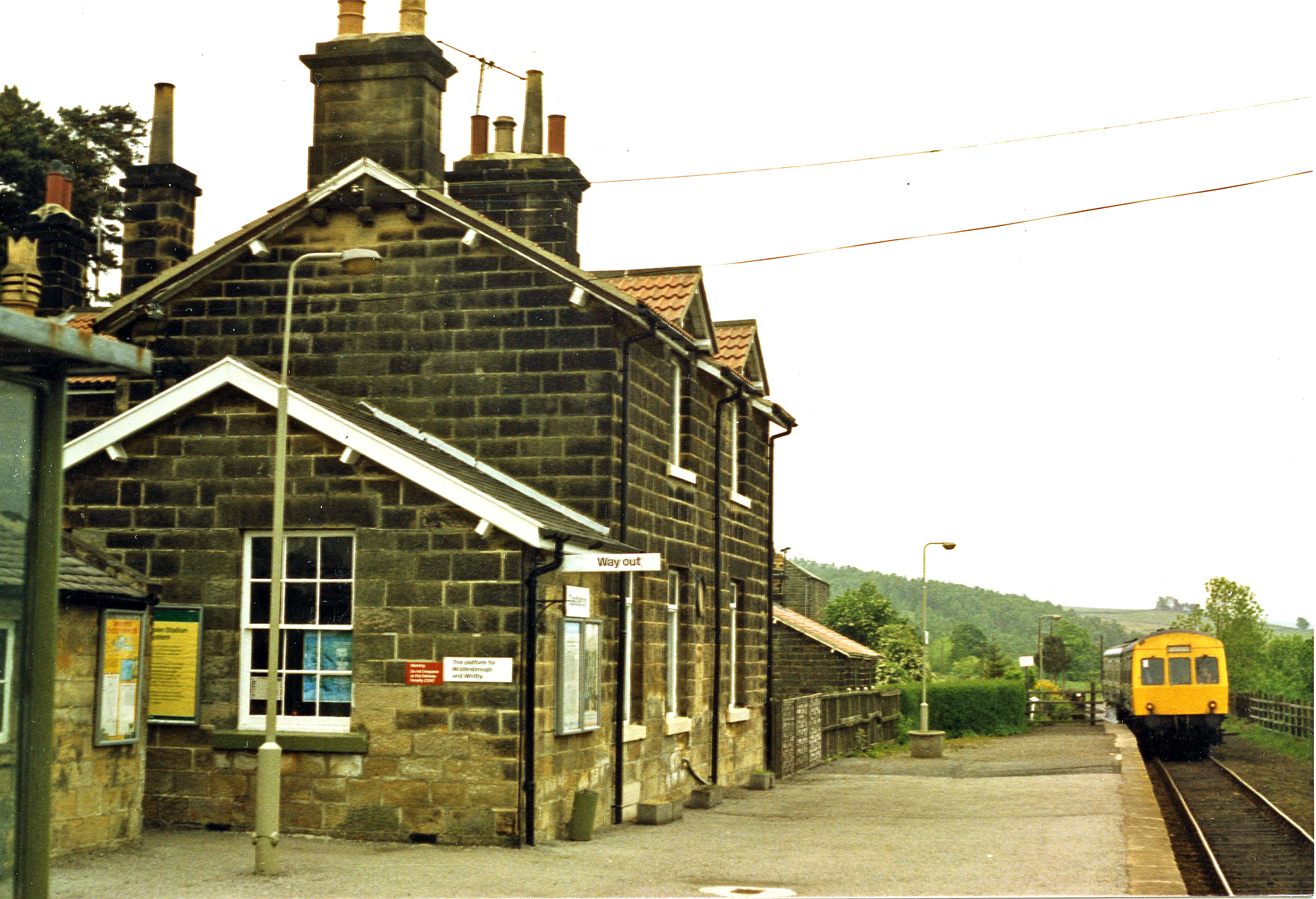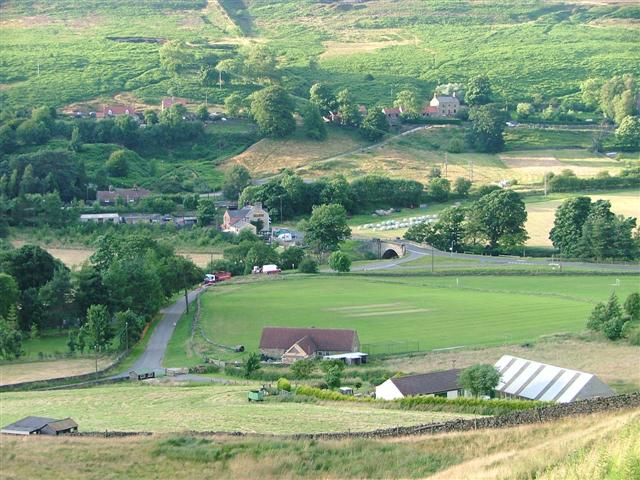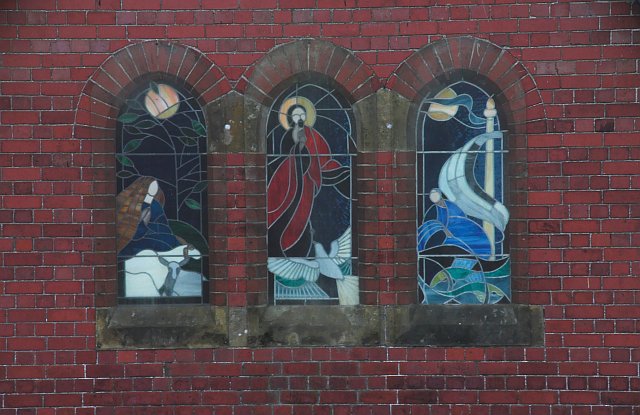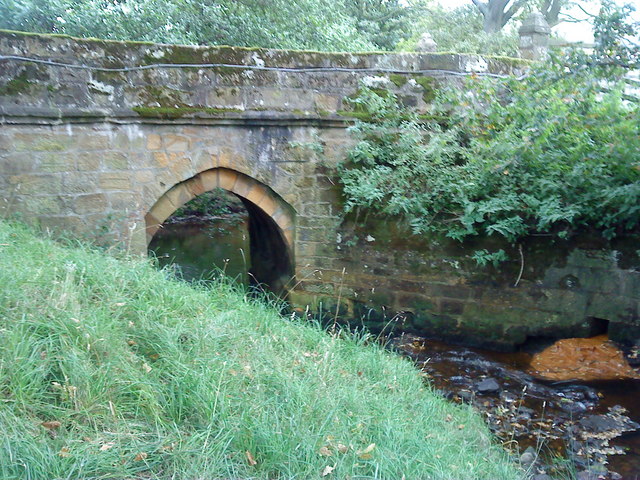Westerdale Moor
Downs, Moorland in Yorkshire Scarborough
England
Westerdale Moor
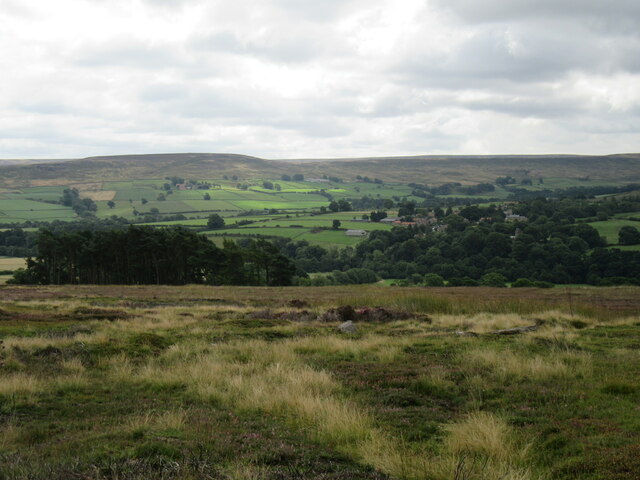
Westerdale Moor is a picturesque expanse of moorland located in the breathtaking North York Moors National Park in Yorkshire, England. Covering an area of approximately 30 square kilometers, it is renowned for its rugged beauty and diverse wildlife.
The moorland is characterized by its gently rolling hills, heather-covered slopes, and scattered patches of woodland. The landscape is a captivating blend of vibrant colors, with purples, blues, and greens dominating the scene throughout the year. The moorland is particularly captivating in late summer when the heather blooms, blanketing the hills in a stunning purple hue.
Westerdale Moor is home to a wide variety of animal and plant species. Birdwatchers flock to the area to catch a glimpse of rare species such as golden plovers, merlins, and red grouse. The moorland also provides a habitat for numerous mammals, including mountain hares, stoats, and foxes.
The moorland offers a range of recreational activities for visitors. There are numerous walking trails and bridleways that allow visitors to explore the stunning scenery on foot, bicycle, or horseback. The area is also popular for birdwatching, photography, and simply soaking in the tranquility of the moorland.
Westerdale Moor holds a significant place in Yorkshire's history and culture. It has been grazed by sheep for centuries and still retains its traditional farming practices. The moorland also features ancient archaeological remains, including stone circles and burial mounds, providing glimpses into the region's past.
Overall, Westerdale Moor is a captivating and diverse landscape that offers visitors a chance to experience the beauty and serenity of Yorkshire's moorlands.
If you have any feedback on the listing, please let us know in the comments section below.
Westerdale Moor Images
Images are sourced within 2km of 54.454392/-0.98163439 or Grid Reference NZ6607. Thanks to Geograph Open Source API. All images are credited.
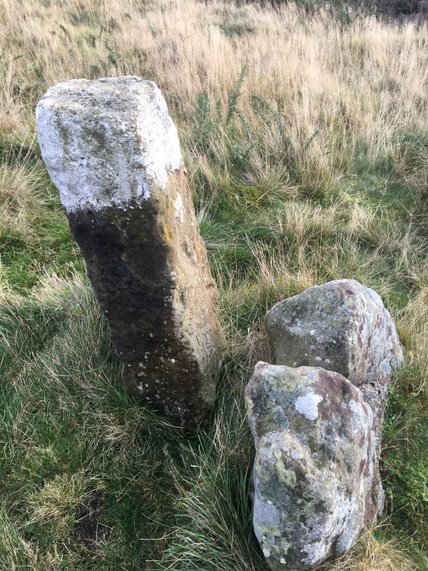


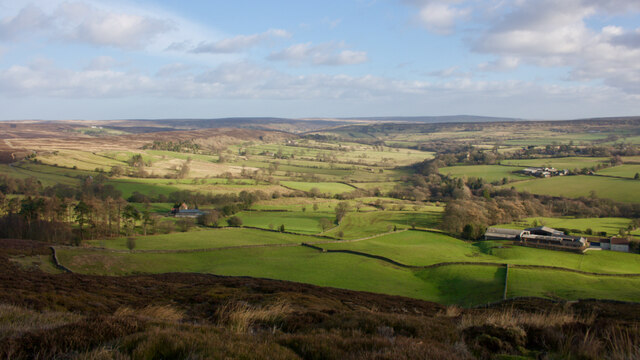
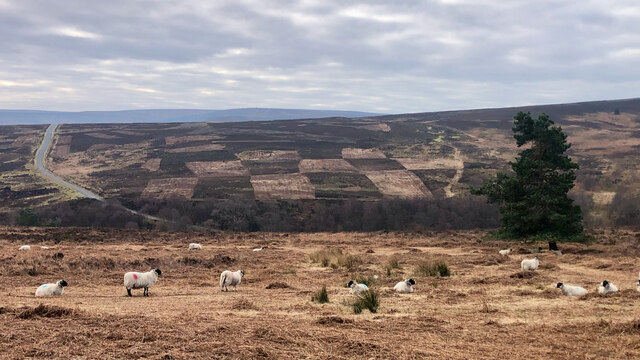
Westerdale Moor is located at Grid Ref: NZ6607 (Lat: 54.454392, Lng: -0.98163439)
Division: North Riding
Administrative County: North Yorkshire
District: Scarborough
Police Authority: North Yorkshire
What 3 Words
///unloading.buffoon.public. Near Danby, North Yorkshire
Nearby Locations
Related Wikis
Westerdale Preceptory
Westerdale Preceptory was a priory in Westerdale, North Yorkshire, England. The land was donated to the Knights Templar by Guido de Bovingcourt in 1203...
Westerdale
Westerdale is a village, civil parish and dale within the Scarborough district of North Yorkshire, England. The Esk Valley Walk runs through part of the...
Castleton Moor railway station
Castleton Moor is a railway station on the Esk Valley Line, which runs between Middlesbrough and Whitby via Nunthorpe. The station, situated 16 miles 45...
Castleton, North Yorkshire
Castleton is a village on the River Esk, part of the civil parish of Danby in the county of North Yorkshire in England. It can be found 7.1 miles (11.5...
Commondale railway station
Commondale is a railway station on the Esk Valley Line, which runs between Middlesbrough and Whitby via Nunthorpe. The station, situated 16 miles 72 chains...
Commondale
Commondale is a village and civil parish in the Scarborough district of North Yorkshire, England that lies within the North York Moors National Park....
Warren Moor Mine
The Warren Moor Mine, was a short-lived mining concern south of Kildale, North Yorkshire, England. Activity at the site was limited to drift mining, and...
Basedale Priory
Basedale Priory or Baysdale Priory was a priory in North Yorkshire, England located 8 miles (13 km) East from the parish church of Stokesley. It was a...
Nearby Amenities
Located within 500m of 54.454392,-0.98163439Have you been to Westerdale Moor?
Leave your review of Westerdale Moor below (or comments, questions and feedback).

